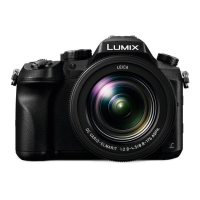
Do you have a question about the Panasonic Lumix DMC-FZ2000 and is the answer not in the manual?
| Sensor | 1-inch High Sensitivity MOS Sensor |
|---|---|
| Resolution | 20.1MP |
| Aperture | f/2.8-4.5 |
| ISO Range | ISO 125-12800 (expandable to ISO 80-25600) |
| Image Stabilization | 5-Axis Hybrid O.I.S. |
| Max Shutter Speed | 1/4000 sec |
| Built-in Flash | Yes |
| External Flash | Yes, via hot shoe |
| Storage Media | SD/SDHC/SDXC Memory Card |
| Video Recording | 4K UHD at 30p/24p, Full HD at 60p |
| Viewfinder | 2, 360k-dot OLED Live View Finder |
| Screen | 3.0-inch 1, 040k-dot Free-Angle Touch LCD |
| Connectivity | Wi-Fi, USB 2.0, HDMI |
| Battery Life | Approx. 350 shots (CIPA) |
| Weight | 966 g with battery and SD card |
| Dimensions | 137.6 x 101.9 x 134.7 mm (5.42 x 4.01 x 5.30 inch) |
Understand and resolve confirmation or error messages displayed on the screen.
Find solutions to common camera problems and operational issues.
Understand how applicable modes are indicated using icons and symbols in the manual.
Learn the meaning of various symbols and abbreviations used throughout the manual.
Essential care instructions to prevent damage and ensure proper functioning.
Identifies external parts of the camera and their functions.
Detailed steps and indicators for charging the camera battery.
Procedures for safely inserting and removing the battery.
Steps for formatting the memory card before use to ensure compatibility.
Covers fundamental camera operations like holding, using buttons, and basic shooting.
Details on half-press for focus and full-press for taking pictures.
Overview of available shooting modes and how to select them.
Instructions on using the Quick Menu for fast access to common settings.
Using the camera's automatic mode for effortless shooting.
Full manual control over exposure settings (aperture, shutter speed, ISO).
Applying various creative image effects and filters to photos.
Features for reducing camera shake and jitter for sharper images and steadier videos.
Instructions on opening, closing, and using the built-in flash.
Configuring flash modes like TTL, Manual, and adjusting flash output.
Basic steps to start and stop recording video in HD and 4K resolutions.
Configuring video settings like format (AVCHD, MP4), quality, and frame rates.
Capturing video at variable frame rates for slow or quick motion playback.
How to view still images on the camera's screen or TV.
Viewing recorded video clips on the camera or via external devices.
Procedures for deleting single or multiple images from the camera.
Settings related to image quality, recording modes, and drive settings.
Settings specific to recording motion pictures, including format and effects.
Options for customizing camera operations, button assignments, and display.
Adjusting color, contrast, sharpness, and other image style effects.
Enabling face detection and recognition for prioritized focus and exposure.
Overview of wireless capabilities like remote control, image transfer, and TV display.
How to connect and control the camera using a smartphone or tablet app.
Procedures for establishing Wi-Fi connection, with or without a password.
Connecting to a PC for transferring images, using software or direct connection.
Sending images to SNS or cloud services via LUMIX CLUB.
Viewing and saving 4K video files on external devices.
Connecting camera to PC via USB to copy files.
Connecting to a PictBridge printer for wireless or USB printing.
Information on attaching and using external flash units.
Connecting and using external microphones for improved audio quality.
Common issues and their solutions for camera operation and power.
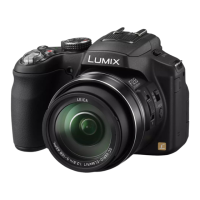
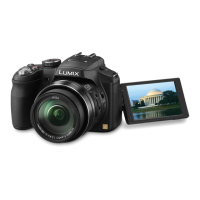
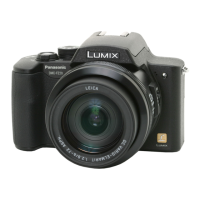
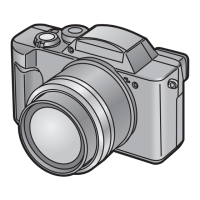
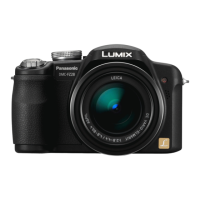
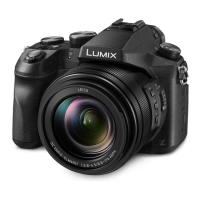

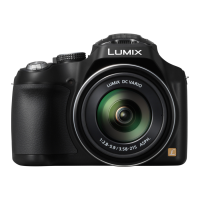
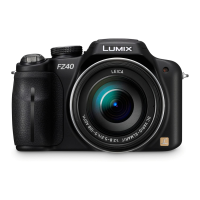
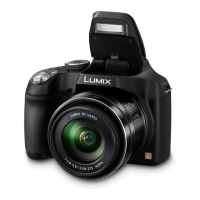
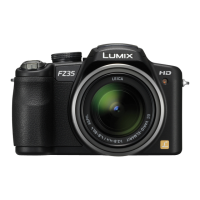
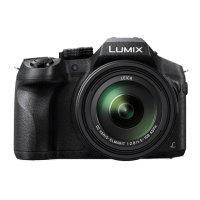
